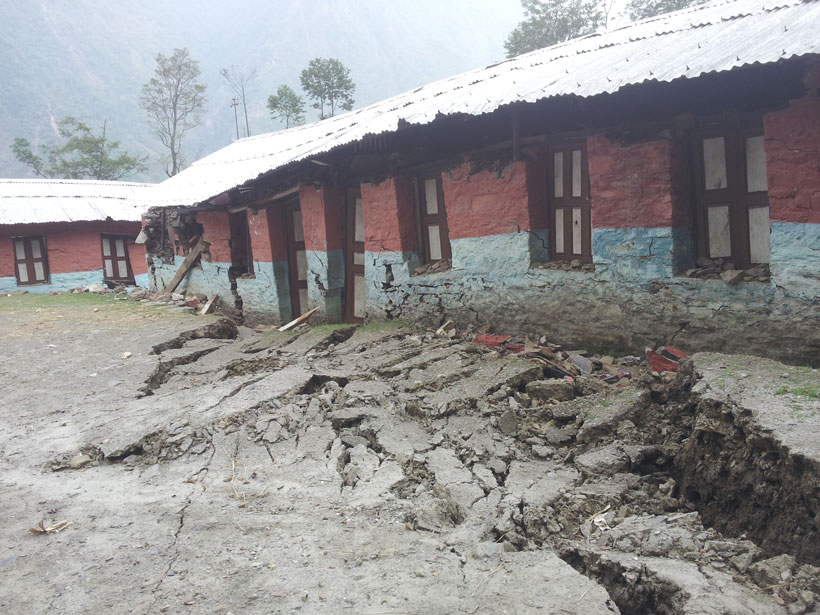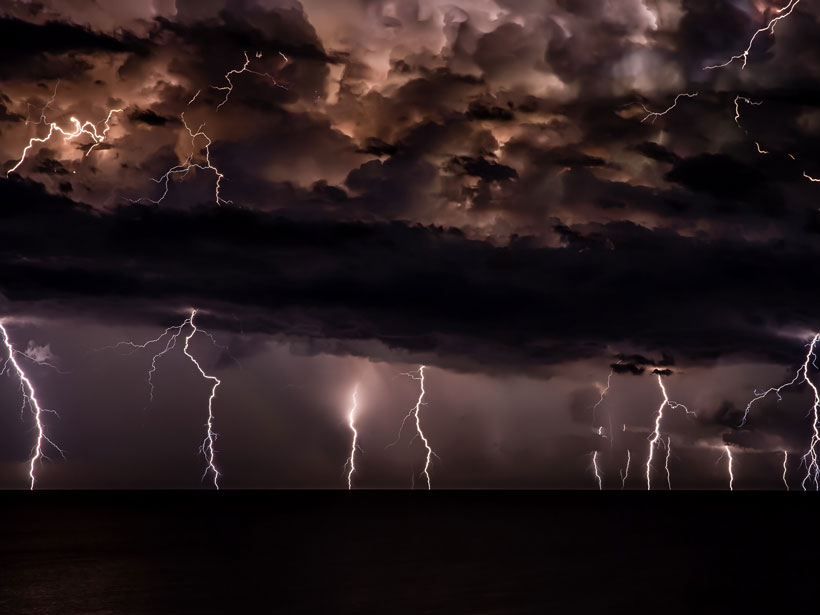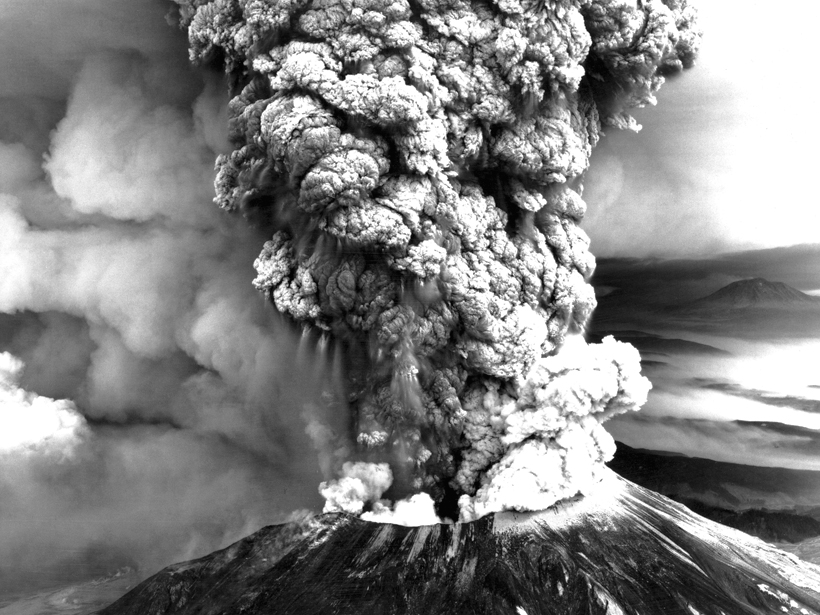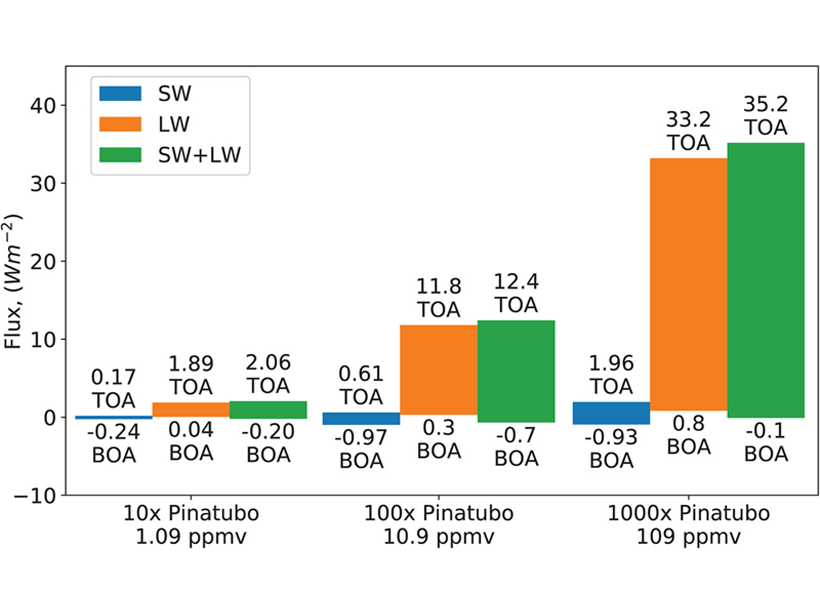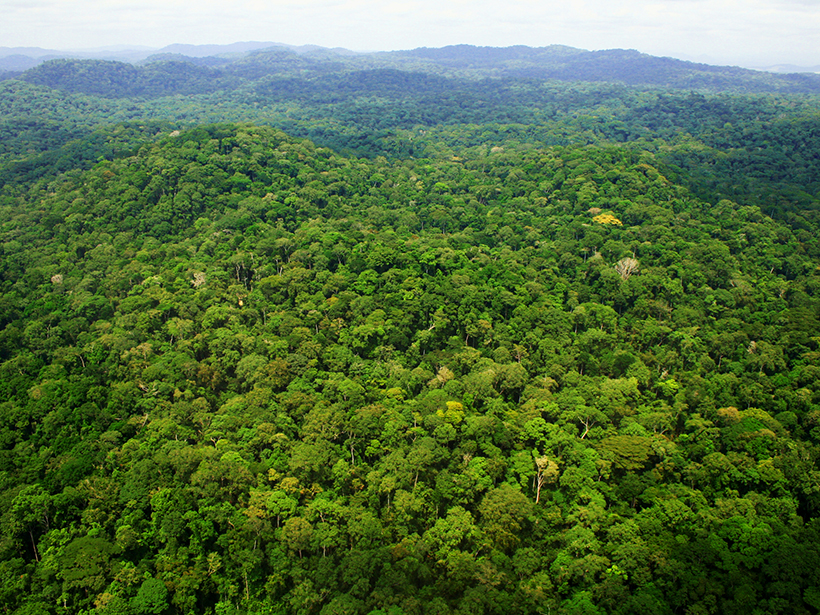Changing climate and land use practices are bringing extended periods of high water to the lower Mississippi River. New management practices are needed to protect people, industry, and the land.
Hazards & Disasters
Geodetic Data Pinpoint Earthquake-Prone Regions of the Himalayas
GPS measurements of the Indian and Eurasian plates reveal four locked segments most likely to produce large earthquakes.
It’s Time to Revise Estimates of River Flood Hazards
Accurately assessing flood hazards requires a better understanding of the feedbacks between natural and human influences on the characteristics of rivers.
Mapping Lightning Strikes from Space
A new technique spatially tracks lightning in real time and has been adapted by the National Weather Service.
U.S. Readies Health Response for the Next Big Eruption
Forty years after the explosive eruption of Mount St. Helens, scientists, communities, and civic officials are evaluating plans to best protect public health before, during, and after an eruption.
UN Report: 2019 Was Likely the Second-Warmest Year in Recorded History
In response to the World Meteorological Organization analysis, United Nations head António Guterres called 2020 a pivotal year to address climate change.
The Overlooked Role of Sulfur Dioxide Emissions from Volcanoes
Volcanoes can warm as much as they cool. Prior simulations have neglected the important warming effects of sulfur dioxide emissions, making some results colder than they should be.
Tropical Forests Are Losing Their Ability to Soak Up Carbon
The forests could switch from a carbon sink to a carbon source by the mid-2030s.
Implications of a Supervolcano’s Seismicity
Last year’s rumblings beneath New Zealand’s Taupō supervolcano, the site of Earth’s most recent supereruption, lend new urgency to research and outreach efforts in the region.
Coastal Wetlands Save $1.8 Million per Year for Each Square Kilometer
The protective value of a plot of wetlands varies widely based on the county it shields from storm-related property damage.


